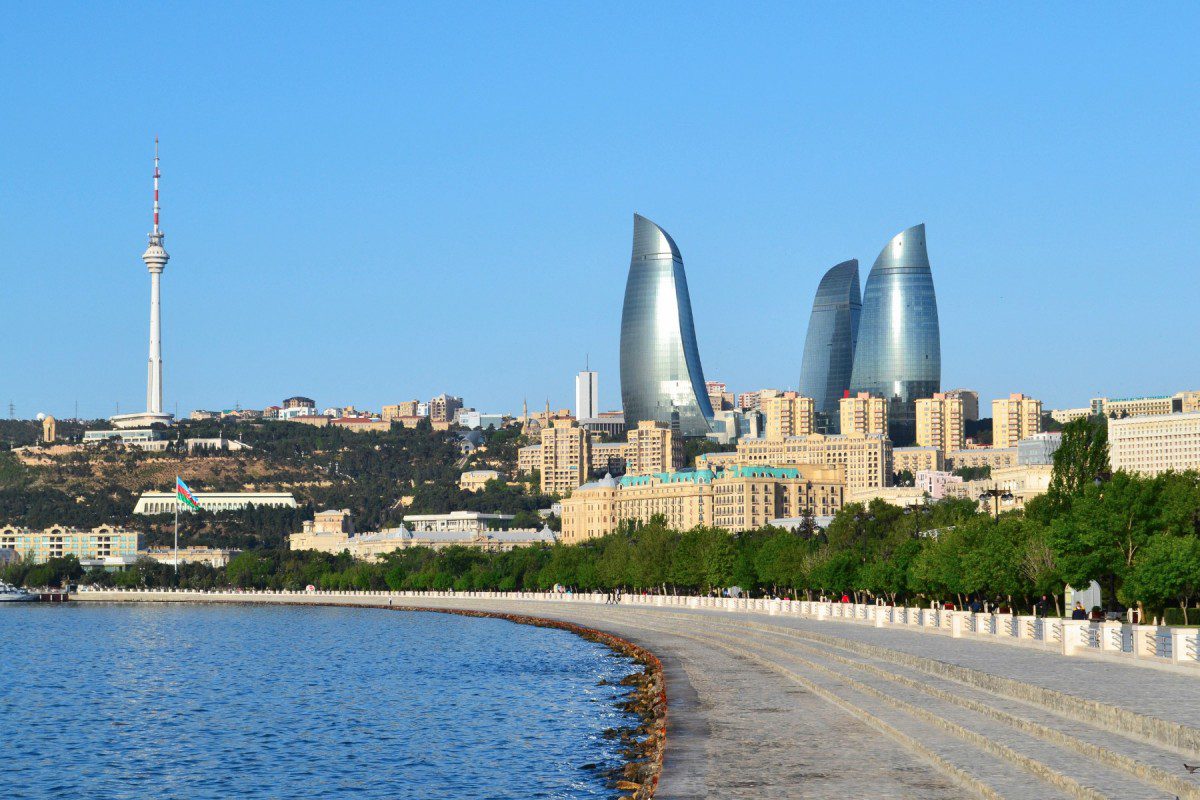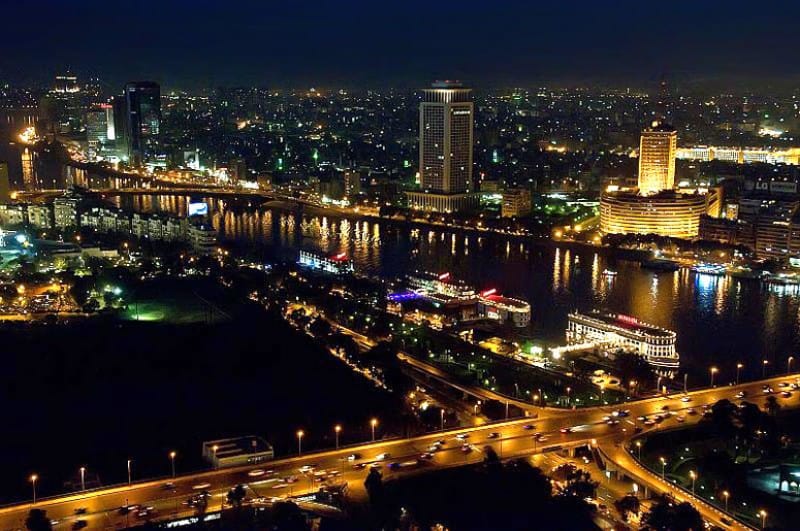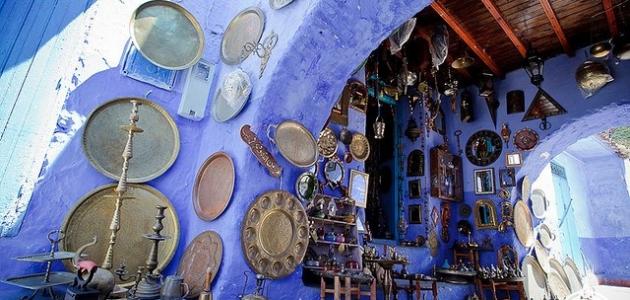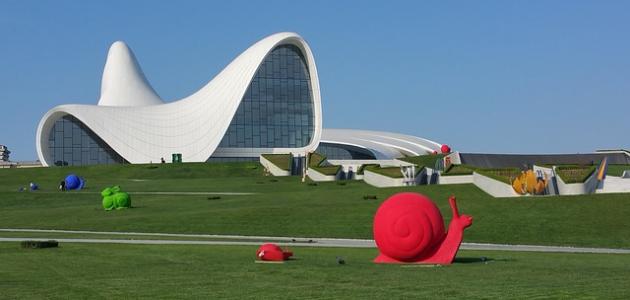Table of Contents
Old Arab markets
Old Arab markets are literary gatherings or forums that were held in pre-Islamic and Islam in various places of the Arabian Peninsula periodically, and the Arabs used to gather in and bring them from all over the world to hear sermons and speeches, and exchange trade and benefits, as they sought to break up their captive families When the other tribes there, they used to seek poetry in their gatherings. These markets contributed to improving the lives of individuals at various levels, religious, cultural, economic, and social, and trade was driven to it from different parts, and the old markets are divided into two parts: fixed markets, seasonal markets, while fixed markets are held in cities, villages, and places The spread of housing, while the seasonal markets are held at certain times and seasons, and in places scattered from the Arabian Peninsula.
Among the old markets were what was restricted to the neighboring villages such as Hajar Al Yamamah market and Hajar market; Hajar is a city in Bahrain, and this market was known as the date market and was held in the spring of the other, including also the market of charm and is located between Aden and Oman and was intended for land and sea trade As for the time of its convening, it is the middle of Shaban. Among the markets were not for all people and their generals, such as the Okaz market. As for the goods that were sold in such markets as oil, dates, blood, ghee, nutmeg, and various kinds of animals, as slaves were sold and bought in them, while the old main markets are a market Okaz, Al-Majnah Market, and Al-Majaz Market Below is a summary of each of them.
The most famous ancient Arab market
Okaz Market
The Okaz market was called by this name because the Arabs used to gather in it and bite each other, meaning that it overcame it and defeated it in bragging and bragging. The Okaz market is one of the most important major Arab markets before Islam, and the Arabs used to visit it twenty days a year, specifically the first twenty days of the month of Dhu al-Qi’dah, and the Okaz market is originally from the Hawazin and Adwan tribes, and its location is between Mecca and Taif, and it was The Arabs exchange goods in it as they exchange poetry and literature. It was displayed in the Okaz market everything that could be traded such as silk, oils and minerals, and merchants came to him from different parts of the Arabian Peninsula, such as Persia, as the arbitrators came to him from different parts to separate the competitors in poetry and literature, and among the most famous are the genius Al-Dibani, Most of the accounts mentioned that most of the arbitrators were from Bani Tamim and they were monopolizing the literature market and competing with them.
The Okaz market is one of the public markets that are not limited to specific persons. Quraysh, Khuza’a, Ghusfan, Hazan, Ahabish, and other sects of the Arabs came from Okaz from Iraq, Bahrain, Yamamah, Oman, Yemen and other areas. And the location of the Okaz market in a valley located between Taif and Makkah, where it is three nights away from Makkah, and one night from Taif and is thus closer to Taif, and it was a wide and spacious valley in which many Arab convoys reside, and each tribe in it takes a specific place for it, as it was It is characterized by the abundance of palm trees and water in it, which made it a distinguished geographical location near Mecca, which is the center of trade for the Arabs, and the presence of the market in the sacred months makes traders feel safe for their money, property and themselves from futility.
The Okaz market was not just for trade, but it was a market in which poets and writers gathered and compete in poetry, and poets were exposing their poetry in it. Other Arab tribes This sovereignty extended to the Quraysh dialect in Islam when the Holy Qur’an was written in the classical Arabic language, which is the language of Quraysh, as the Arabs used to redeem their families with other tribes in it, and men and women gathered in it to hold a marriage in many cases, as the missionaries of the other religions Others go to call for their religions.
Crazy market
The name “Majnah Market” is derived from jinn, madness, or heaven, and it is the beautiful garden filled with water. And the market of Majnah was held in Dhahran over the bottom of Makkah, and over Dhahran is now known as Wadi Fatima, and people crossed to the market of Majnah after they finished Okaz market to spend the remaining ten days of Dhul Qi’dah until they see the crescent of Dhul Qi’dah, and the Majnah market is considered to be the people of Kinana and the land The market is Kinana land, and the market of Majnah had a place and respect in the eyes of the Arabs as well as the market of Okaz, which is metaphorical, so that Quraysh used to say: (Do not attend the market of Okaz and paradise, which is metaphorical except forbidden to Hajj).
The Majnah market was not a place for writers and poets, nor a place for sale and trade, but rather a forum in which the Arabs gathered for intellectual and political theorization, as the Messenger, peace and blessings be upon him, went to him to invite Arab tribes to enter Islam, and in the allocation of the Messenger this market without other markets a reference to the nature The market and the nature of people who go to it and a reference to the religious theoretical exchange and political views on which the market was based, and the Kenana people were managing and managing the market matters just like the Quraish administration of the Okaz market.
Al Majaz Market
Pilgrims move from the market of Majnah to the market of Dhi Al-Majaz at the end of the month of Dhu al-Qi’dah and the entry of the pilgrimage, and it is located at a distance of three miles from Arafat in the area of Jabal Kabbak, and it is said that he was taking place between Mona and Arafat, and he is close to Arafat from the side of dunks, and this market was held in Diyar Huthail, and people live in it from the beginning of the month of Dhu al-Hijjah until the eighth day, which is the day of Tarwiyah, and it was called by this name because the pilgrims leave to Arafat are from it, and this market is considered to be unique to Arab literature, poetry, and arts. As for the importance of this market stems from the fact that it is considered one of the pilgrimage seasons among the Arabs, it was frequented by delegations of pilgrims from various parts, and what was going on in the rest of the markets in terms of trade, narration of poems and boasting, and the importance of the market of metaphor comes second after the Okaz market.








